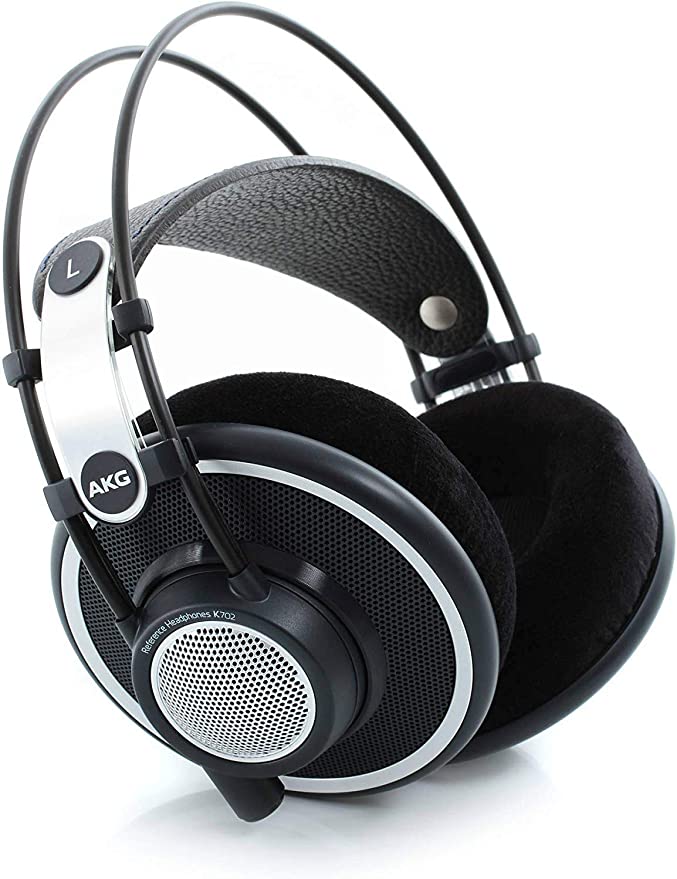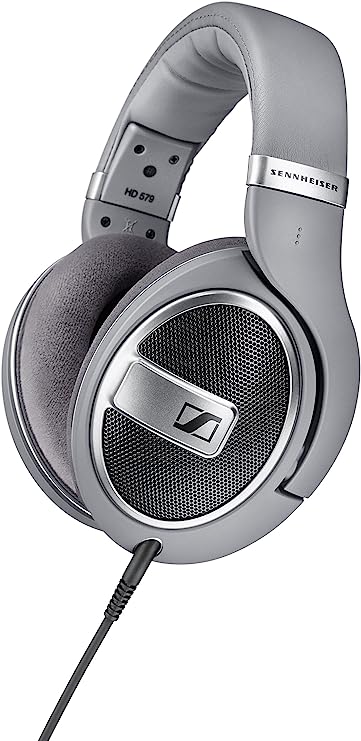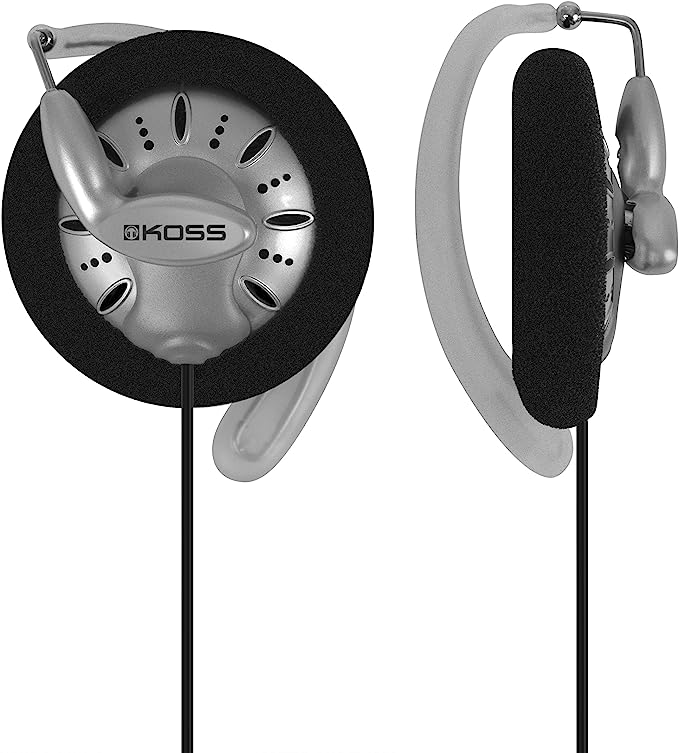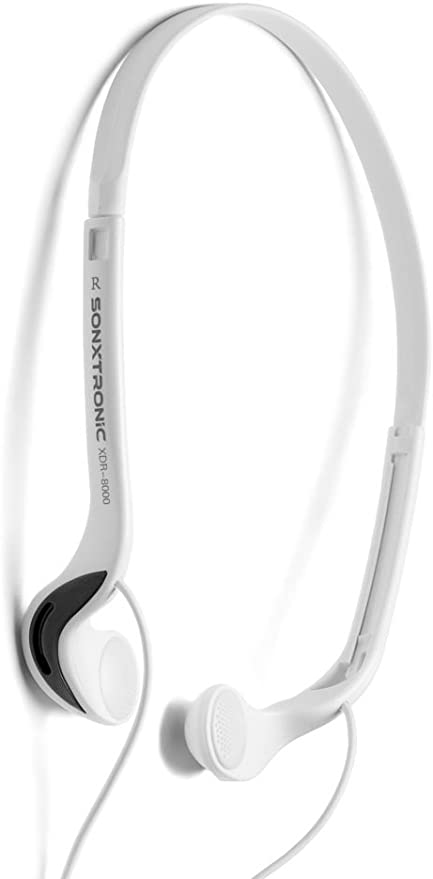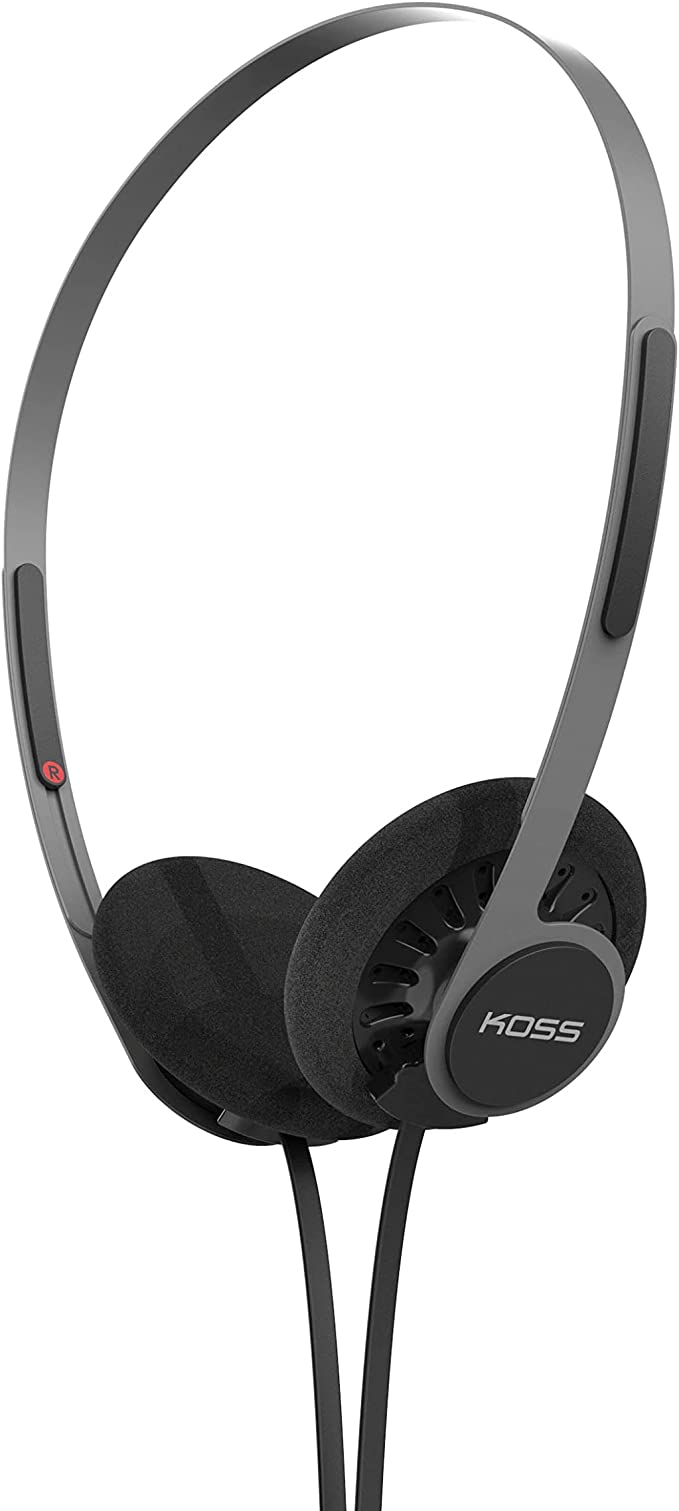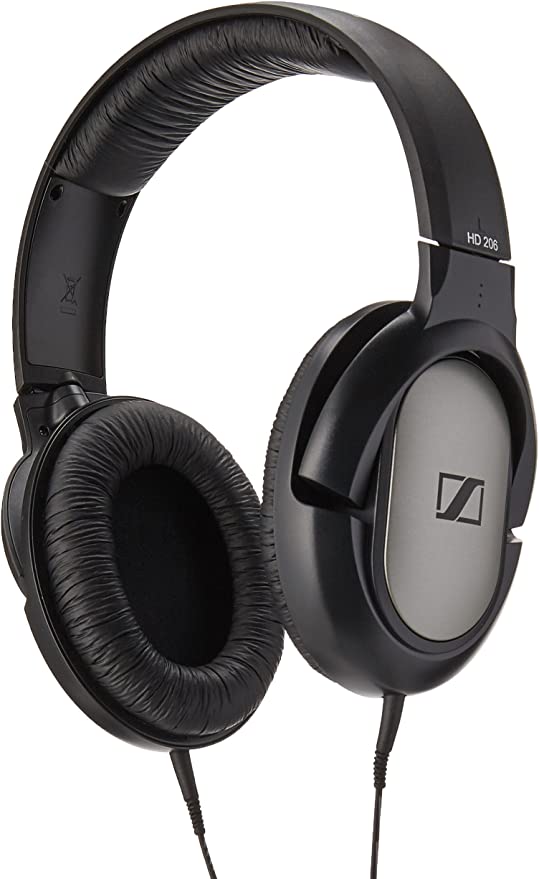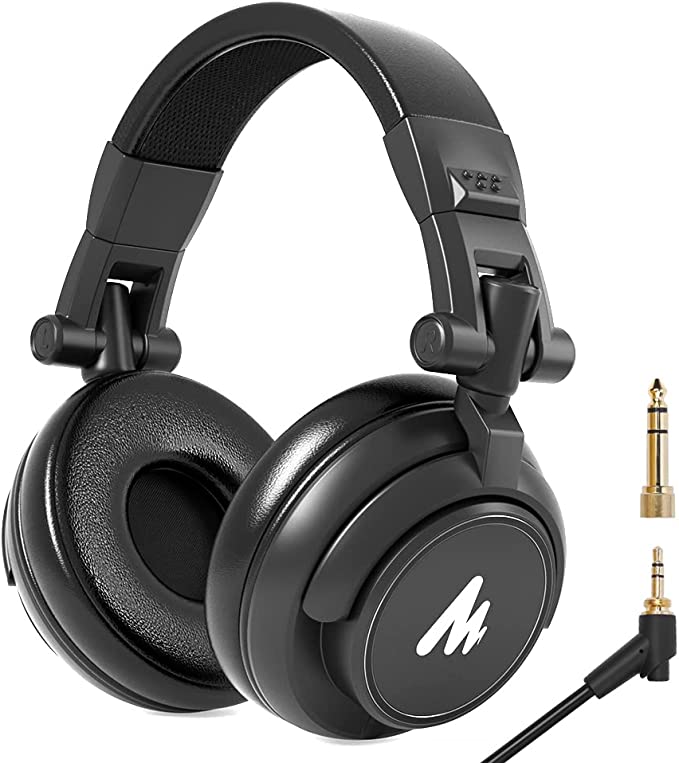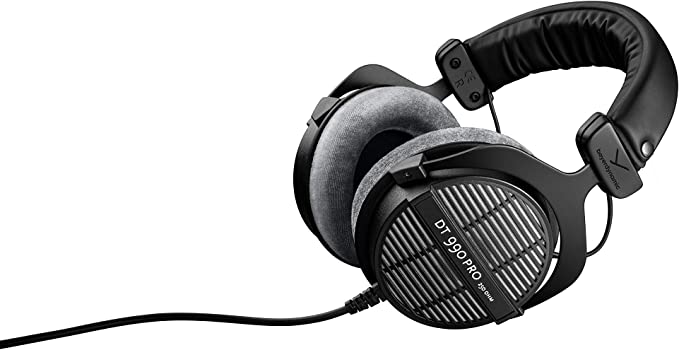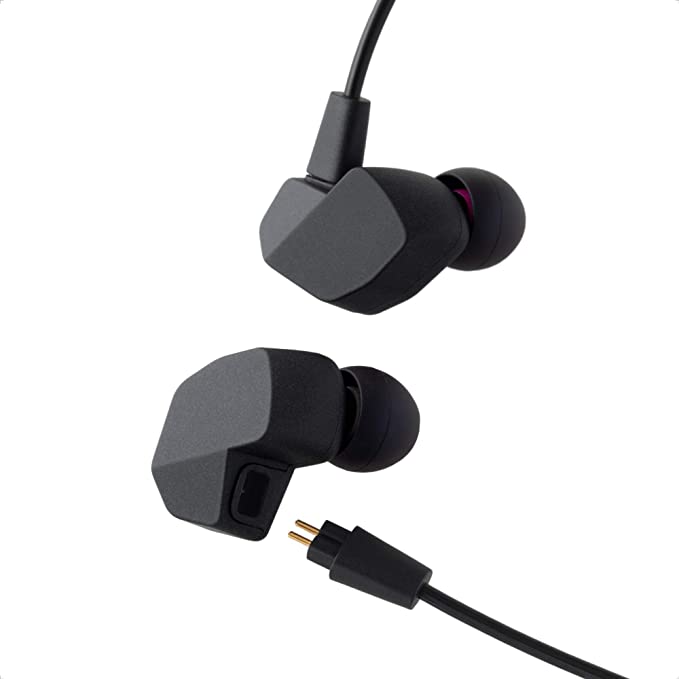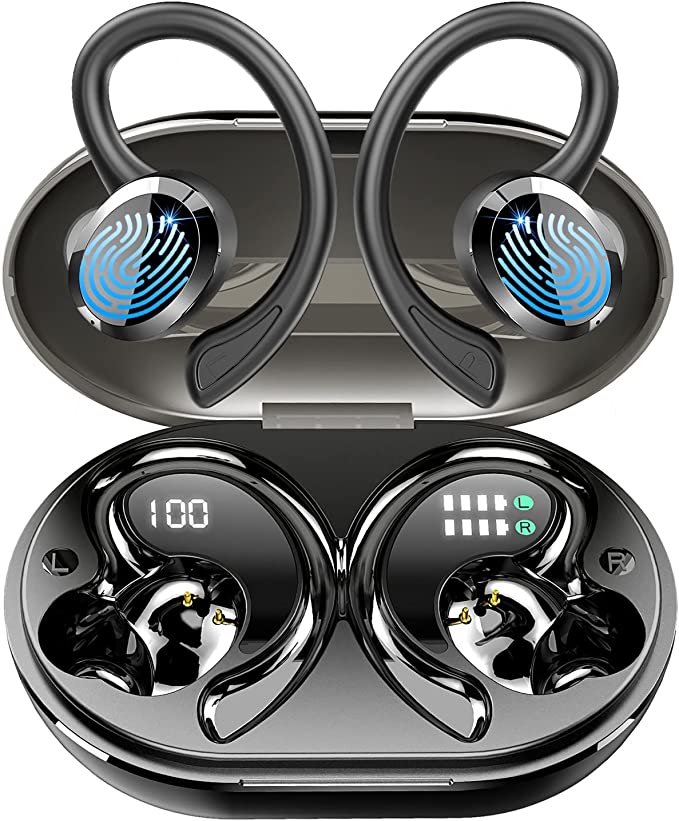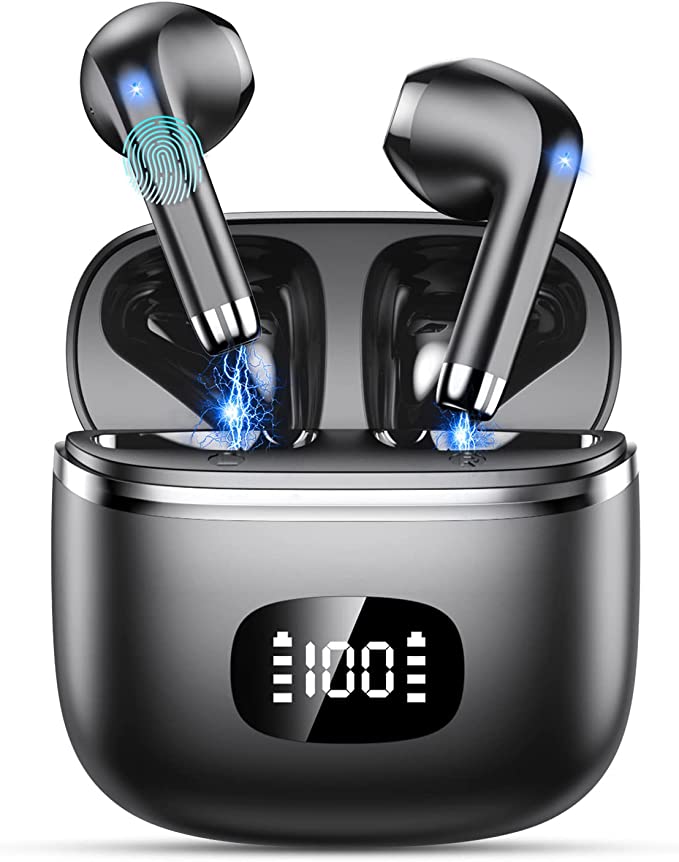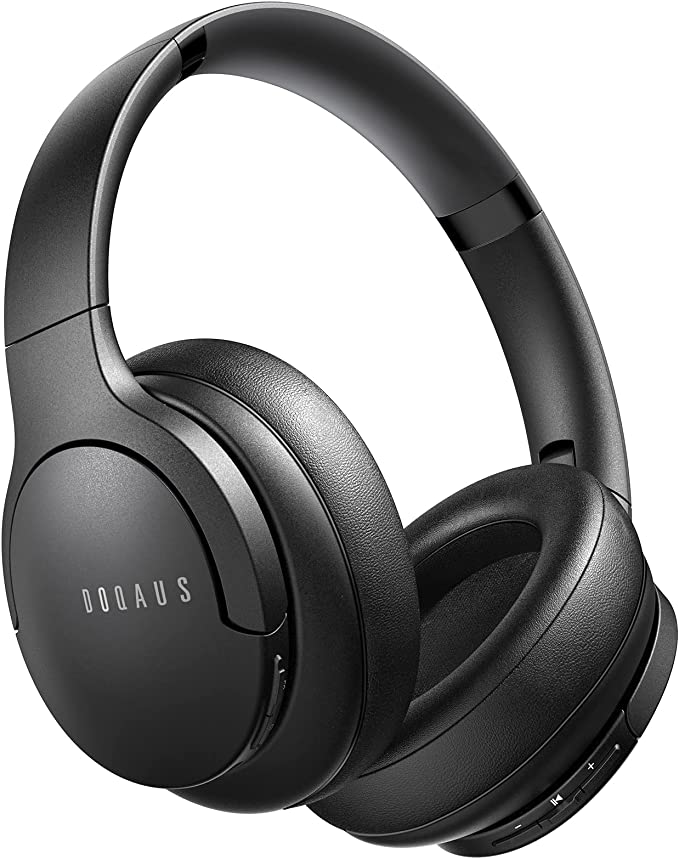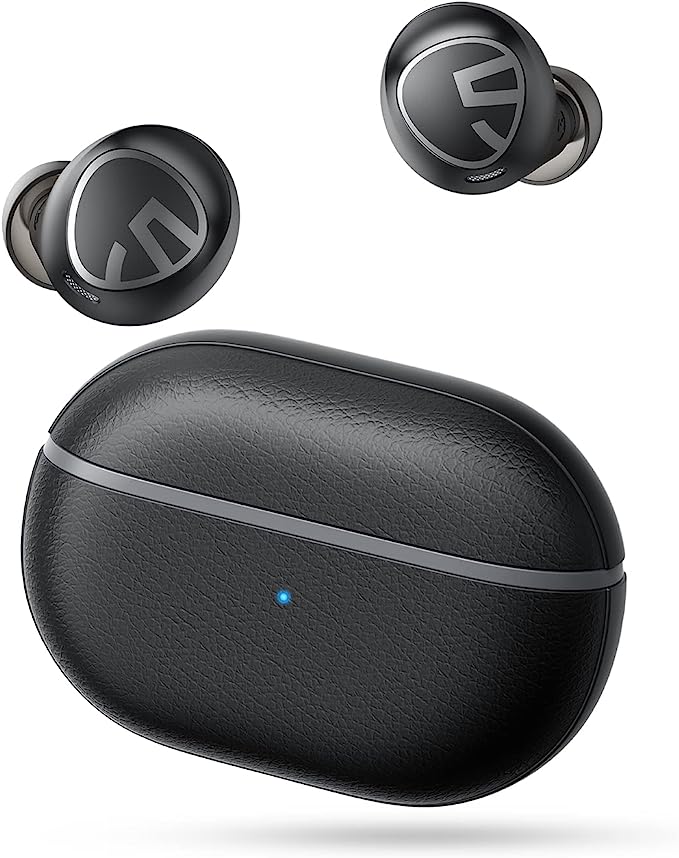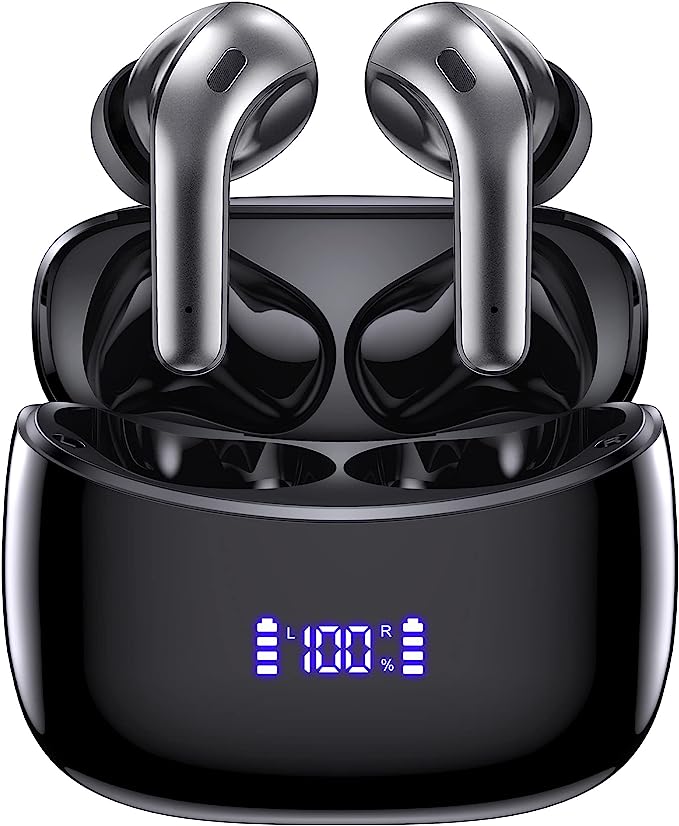The Open-Back Headphone Advantage: A Guide to Achieving True Reference Sound
Update on Oct. 29, 2025, 7:42 p.m.
Have you ever spent hours perfecting a mix on your headphones, only to play it on your speakers and find it sounds completely different? Maybe the bass you thought was powerful is suddenly weak, or the vocals that sounded clear are now buried. If this sounds familiar, you’re not alone. This is a common frustration, and it often points to a fundamental misunderstanding of the most crucial tool in your arsenal: your headphones.
Welcome. Today, we’re not just going to talk about a piece of gear; we’re going to embark on a journey of understanding. Our goal is to demystify why what you hear isn’t always what you get, and how a specific type of headphone design can be your greatest ally in the quest for sonic truth. This is your first lesson in moving from casual listening to critical, reference-level audio.
The Box You’re Listening In: The Closed-Back Compromise
Most headphones on the market are “closed-back.” It’s a simple concept: the outer shell of the earcup is solid, creating a sealed chamber around your ear. This design is fantastic for blocking out external noise, which is why it’s popular for commuting, office use, and tracking vocals in a studio (where you don’t want the headphone sound bleeding into the microphone).
However, this isolation comes with an acoustic trade-off. Imagine you’re a speaker driver, and your job is to push air to create sound waves. In a closed-back headphone, you’re doing this inside a tiny, sealed box. What happens when sound is in a box? It bounces.
These internal reflections and the trapped air pressure create several issues: * Resonance: Just like singing in a tiled bathroom, certain frequencies (usually in the low-mids) get amplified as they bounce around inside the earcup. This creates a “boxy,” “congested,” or “muddy” sound, coloring the audio and masking details. It’s a built-in EQ curve you can’t control. * Distorted Soundstage: The sound feels like it’s trapped inside your head. It’s difficult to perceive depth or the precise location of instruments, making it hard to create a mix that feels spacious and three-dimensional. * Smeared Transients: Transients are the short, sharp sounds in music—the crack of a snare, the pluck of a guitar string, the click of a kick drum beater. The air pressure in a sealed cup can slow the driver’s ability to move back and forth instantly, slightly smearing these details.
For casual listening, these issues might not matter. But for creating or analyzing audio, a colored sound leads to bad decisions. If your headphones artificially boost the bass, you’ll likely turn the bass down in your mix. The result? A mix that sounds thin and lifeless on every other system.

Tearing Down the Walls: The Open-Back Advantage
Now, let’s take that box and remove its back wall. This is the core principle of an open-back headphone, like the Audio-Technica ATH-R50x we’ll be using as our primary example. Instead of a solid shell, the earcup has a grille that allows air—and sound—to pass through freely. The difference is profound.
By removing the enclosure, you fundamentally change the acoustic environment. This isn’t just a minor tweak; it’s a completely different philosophy of sound reproduction, leading to three game-changing benefits for anyone serious about audio.
1. An Expansive, Natural Soundstage
This is the most celebrated trait of open-back headphones. The sound is no longer confined between your ears. Instead, it feels like it’s coming from the room around you, much like listening to a pair of high-quality speakers.
- What’s Happening: Our brain perceives the location of sounds using subtle cues. Open-back headphones allow sound to interact with your outer ear (the pinna) in a more natural way and eliminate the disorienting internal reflections.
- Why It Matters for You: For a mixer, this is revelatory. You can place instruments in the stereo field with incredible precision. Reverb tails decay naturally into a perceived space, not just fade into nothingness. For a listener, it’s the difference between hearing a recording and feeling like you’re in the room with the musicians.
2. Superior Transient Response
Remember those sharp, “crack” and “pluck” sounds? With no trapped air pressure resisting the driver’s movement, an open-back design allows the diaphragm to react almost instantly to the audio signal.
- What’s Happening: The driver can move back and forth with more freedom and speed, accurately tracing the leading edge of a sound wave.
- Why It Matters for You: Suddenly, you can hear the difference between a drummer using a wood or a felt beater on the kick drum. You can properly set the attack on a compressor because you can clearly hear the initial transient you’re trying to control. This level of detail makes your mix more dynamic, punchy, and professional.
3. Uncolored, Accurate Bass and Mids
By eliminating internal resonances, you get a much cleaner and more honest representation of the sound, especially in the crucial bass and midrange frequencies.
- What’s Happening: Sound waves radiate outwards from the back of the driver, away from your ear, instead of reflecting back and interfering with the direct sound.
- Why It Matters for You: This solves the “muddy” bass problem. You can distinguish between the kick drum and the bass guitar with ease, allowing you to EQ them so they occupy their own space without fighting each other. Vocals and lead instruments sound natural and present, not bloated or honky.

A Practical Blueprint: Deconstructing the ATH-R50x
Understanding the theory is great, but let’s see how it applies to a real-world tool. The Audio-Technica ATH-R50x is a perfect case study because its design choices are all in service of achieving that pure, open-back reference sound.
The Heart of the Matter: 45mm Drivers
The R50x features large 45mm drivers, engineered to deliver a full frequency spectrum. In an open-back design, it’s a challenge to produce extended, powerful bass without it sounding thin. Drawing on the legacy of their professional reference headphones, Audio-Technica has tuned these drivers to provide a surprisingly robust low-end that remains tight and controlled, never boomy. This gives you the impact you need to feel the music, with the accuracy you need to mix it.
Engineering for Comfort, Not Just Sound
One of the silent project-killers in a studio is fatigue—not just listening fatigue, but physical fatigue. A heavy, clamping pair of headphones can become a distraction. The ATH-R50x weighs a mere 207 grams (about the weight of a smartphone). This incredible lightness, combined with breathable velour earpads and a supportive headband, means you can wear them for hours and almost forget they’re there. When you’re deep in a creative flow, the last thing you want is to be reminded of the gear on your head.
The Professional Standard: Detachable Cables
In a professional environment, accidents happen. A cable gets caught on a chair, it gets strained, and eventually, it fails. On many headphones, this means the end of their life. The R50x includes two detachable cables (a long 3m for studio work and a shorter 1.2m for portability) that use a secure twist-lock mechanism. This isn’t just a convenience; it’s a professional feature that ensures reliability and longevity. A broken cable is a minor, replaceable part, not a reason to buy a whole new set of headphones.

The Open Secret: Know Your Tool’s Limitations
As your mentor, I have to be honest: open-back headphones are not a silver bullet. Their greatest strength is also their most significant limitation. Because they are open, they do not isolate sound.
- Sound Leaks Out: People around you will be able to hear what you’re listening to. This makes them unsuitable for public transport, shared offices, or late-night listening when others are sleeping.
- Sound Leaks In: They offer almost no isolation from external noise. If you’re in a noisy environment, the outside world will bleed in and mask the subtle details you’re trying to hear.
These are not “do-it-all” headphones. They are specialized instruments designed for quiet, controlled environments. They are the perfect tool for a home studio, a dedicated listening room, or a professional mixing suite.
Your Journey to Audio Clarity
Choosing a reference headphone is a pivotal step. It’s an acknowledgment that you’re ready to hear the truth in your audio. The Audio-Technica ATH-R50x exemplifies the open-back philosophy, delivering the clarity, detail, and spatial realism needed for high-stakes creative work.
By understanding the acoustic principles behind this design, you’re no longer just a consumer of audio gear; you’re an informed creator. You now know that the “boxiness” in your old headphones wasn’t a problem with your mix, but a limitation of your tool. You understand that a “wide soundstage” isn’t marketing jargon, but a critical feature for creating immersive audio.
Whether you’re mixing your first track, mastering an album, or simply want to experience your favorite music as the artist intended, embracing the open-back advantage is your next step. It’s about removing the filter between you and the sound, allowing you to finally hear everything with brilliant, uncompromising clarity.


